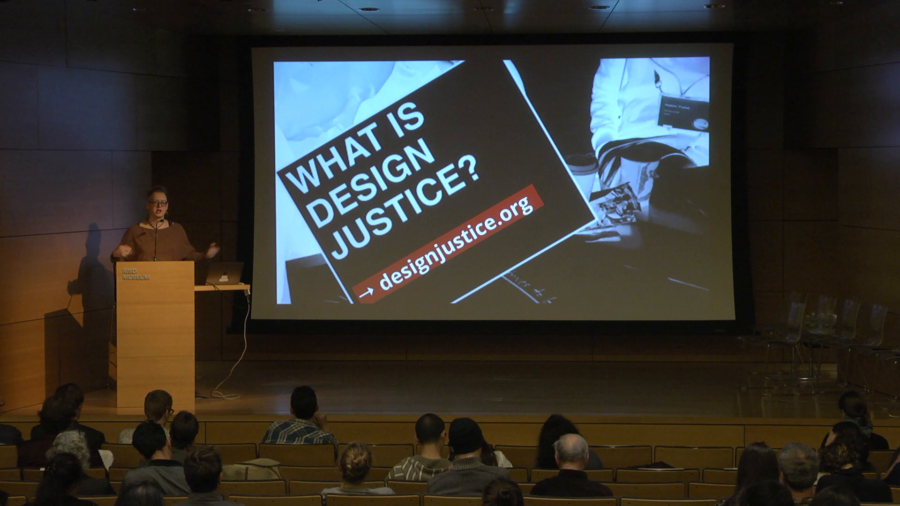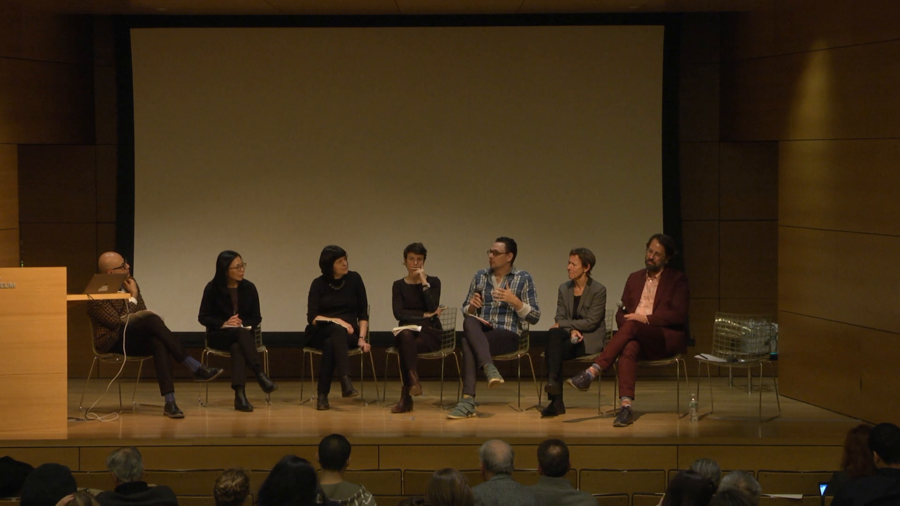What I want to share is one way of thinking about how we’re going to design and build the technologies and the sociotechnical systems that we need for a Green New Deal, if such a thing is what we do want to build. And what that could look like through the lens of this community of practitioners that I’m part of, which is the Design Justice Network.
Archive (Page 2 of 3)
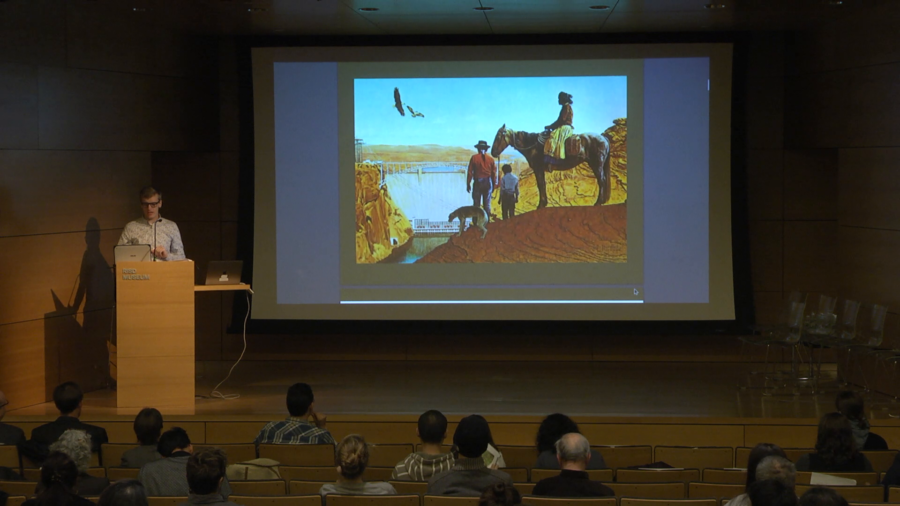
When you actually look at infrastructure systems from the perspective of the Global South, they’re much more hybrid, precarious, amenable to political and social transformation. And I want to maybe flip this and say hey, if we actually look at the infrastructure systems of renewable energies in North America this might also be the case.
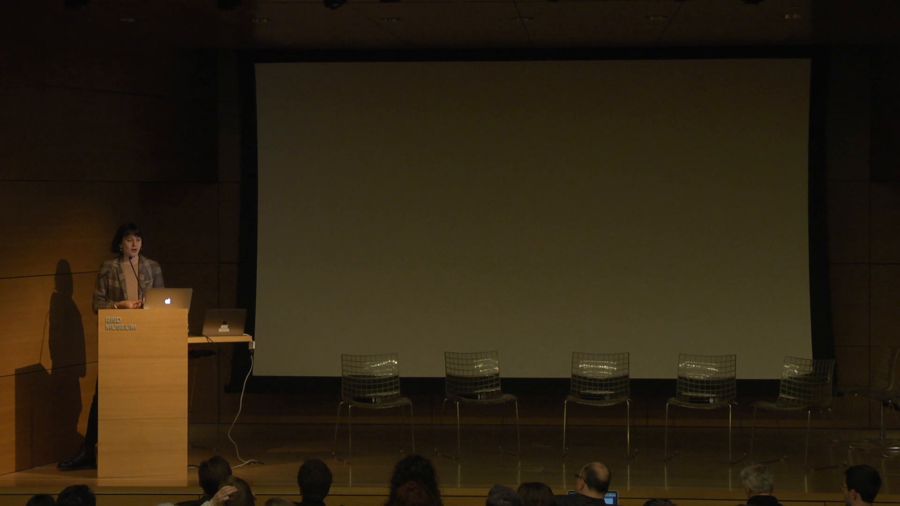
I think it’ll probably come as no surprise to anyone here that there have been tensions between labor and environment since at least the 1970s. And this is a major problem we think for the climate movement and for any sort of movement for a Green New Deal to solve.
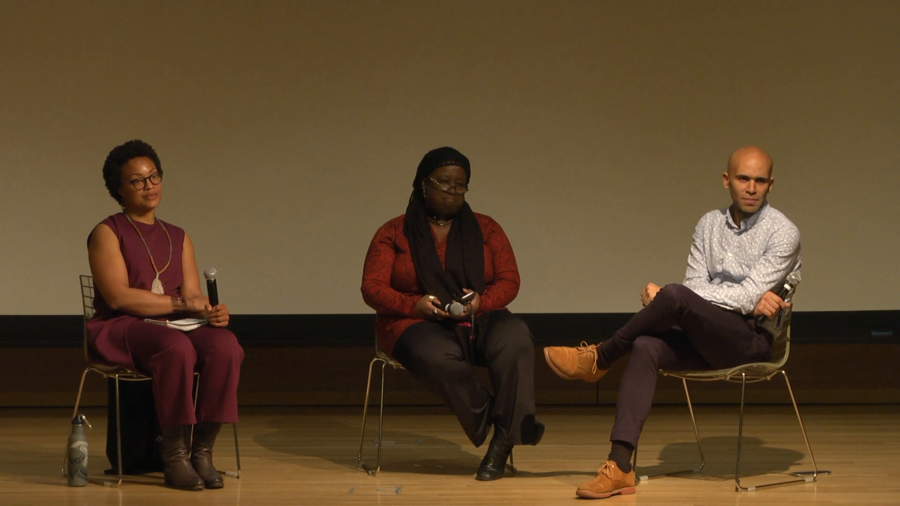
The historical understanding that there was no capital before racialization is really important for tending to the extractive fossil fuel legacies that we’re trying to unearth today with the Green New Deal and just transition work in so many ways.
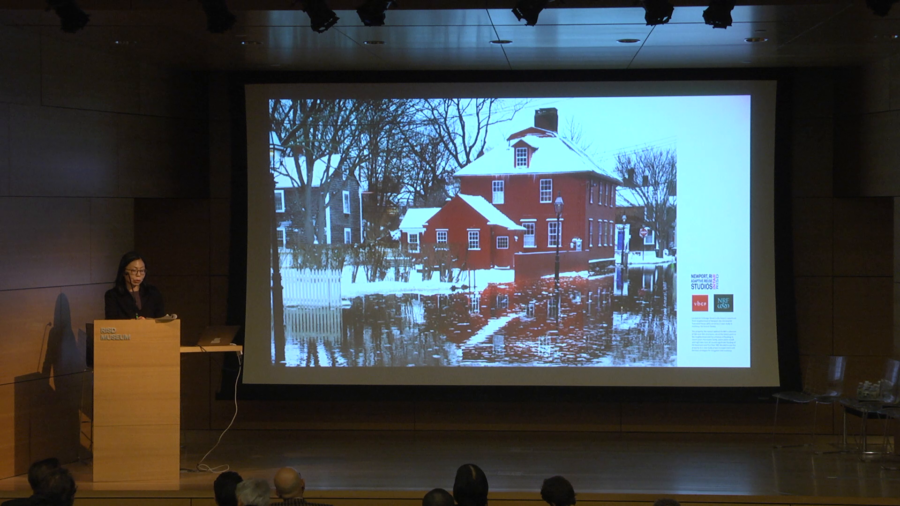
Projecting Change was part our post-professional MA in Adaptive Reuse program. It was inspired by the effects of Hurricane Sandy, which turned Newport, Rhode Island into a lake.
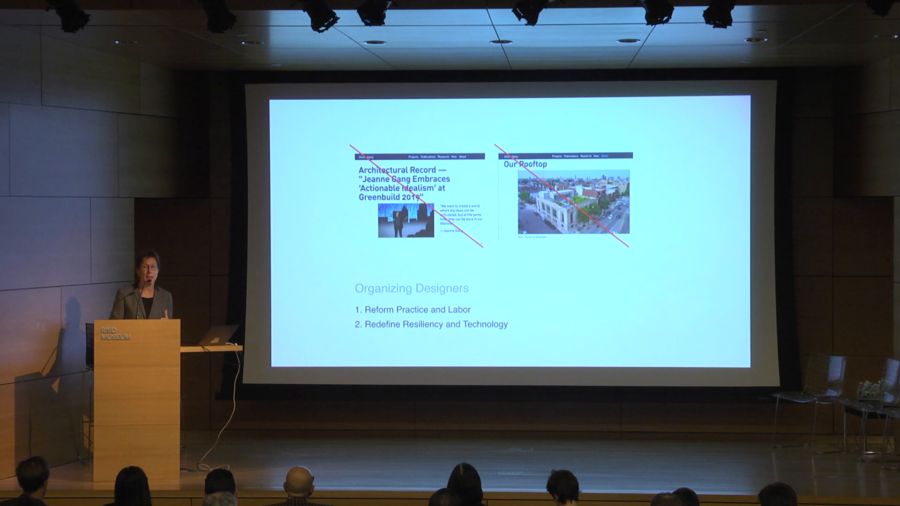
The main thing that we need to be doing is working as a discipline, as a profession, as a unified voice, so that we sit at the table of policymaking and are believed as not just ambulance-chasers for work for ourselves but as people with knowledge and whatever embeddedness in the community, and our design expertise within the community is absolutely essential.
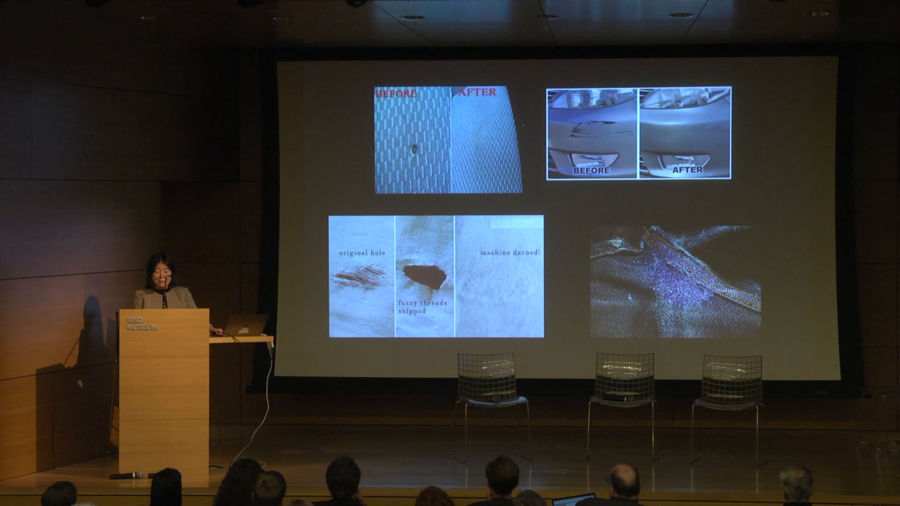
It is commonly recognized that artistic strategies are effective in promoting social, political, and religious agendas. What is less recognized is that many decisions and actions we make in our daily life are also guided by aesthetic preferences and judgments. In the United States today unfortunately, the popular aesthetic taste seems to work against the ideals of sustainability and justice proposed by the Green New Deal.
By innovation policy what we’re really talking about is federal R&D programs. So despite the American economy’s reputation for being this quintessential free market system, much of the innovation and technological development in the American economy can be linked to direct government intervention.
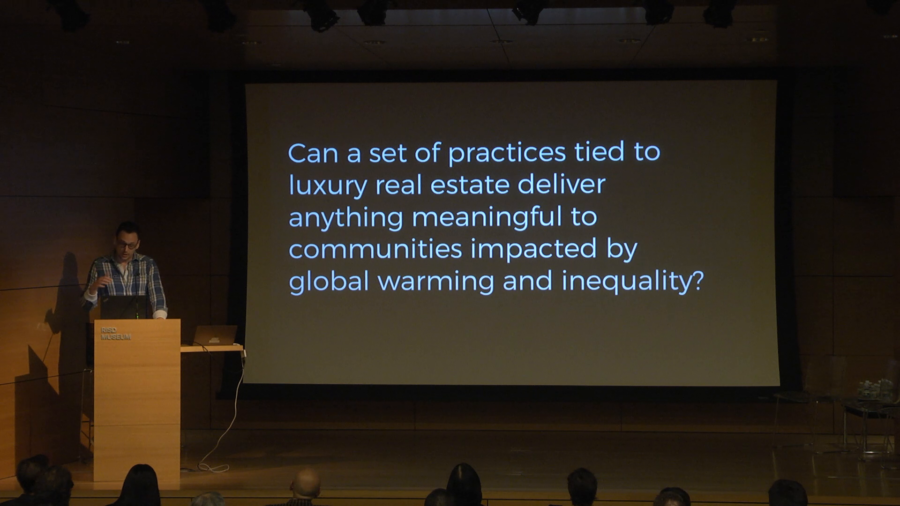
I think that Damian asked me here in large part to talk about this essay from last spring in Places Journal that begins pretty timidly with this line, I don’t know when the myth of designers as climate saviors began, but I know that it’s time to kill it.
Which as you can imagine got me invited to lots of dinner parties at Harvard.

